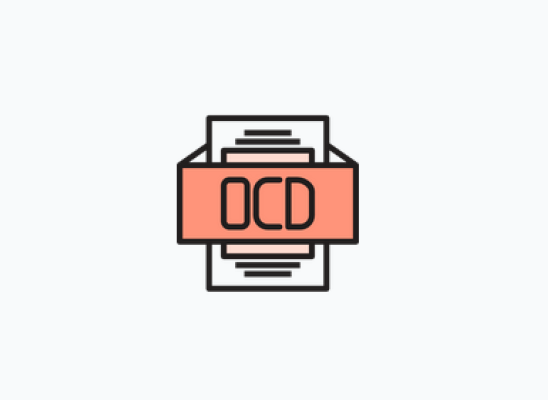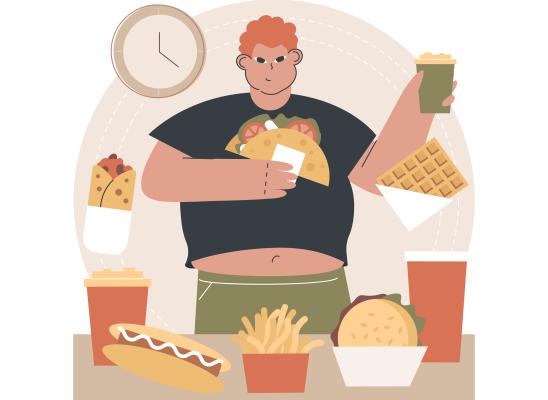Hair Pulling and OCD - is there a link?

Online test
Find out the severity of your symptoms with this free online test
How is hair pulling classified?
When trichotillomania was first included in the American Psychiatric Association’s (APA) Diagnostic and Statistical Manual III – Revised (DSM-III-R) in 1987, it was classified as an impulse control disorder (not elsewhere classified), and remained in this category in the revised DSM-IV. However, it is widely recognized that the symptoms of repetitive hair-pulling are similar to compulsions seen in obsessive compulsive disorder (OCD), with patients of both disorders describing compulsive urges followed by ritualistic behaviours. This has led to differing opinions on where trichotillomania should be classified, with some suggesting that it should be grouped with OCD in a spectrum of disorders. In 2006, the sixth diagnosis-related research planning conference in the "Future of Psychiatric Diagnosis: Refining the Research Agenda" series focused on Obsessive-Compulsive Disorder and other disorders that may be part of an Obsessive-Compulsive Behaviour Spectrum. The link between trichotillomania and OCD was discussed, with one of the key questions being whether trichotillomania is primarily more impulsive versus more compulsive in nature.
Impulsive versus Compulsive
Fundamental to OCD is the presence of obsessions, which are unreasonable, repetitive thoughts and fears that lead to that lead you to do repetitive and ritualistic behaviours (compulsions). The current definition of trichotillomania does not describe any obsessions preceding the urge to pull. A 1995 study comparing impulsive and compulsive symptoms in trichotillomania found that trichotillomania patients had significantly lower scores of obsessive compulsive symptoms than OCD patients, and significantly higher impulsiveness scores. According to the DSM, there are five behavioural stages that characterize impulsivity: an impulse, growing tension, pleasure on acting, relief from the urge and finally guilt. From a neurobiological perspective, both OCD and trichotillomania may involve striatal dopamine systems. However, a 1995 phenomenological comparison study between OCD and trichotillomania revealed that trichotillomania patients had significantly more novelty seeking (NS) as opposed to harm avoidance (HA) than OCD patients, which may be indicative of greater dopaminergic involvement in this disorder. Some may argue that this points to trichotillomania being more impulsive than compulsive in nature.
Impulse Control Disorder versus OCD Spectrum Disorder
It is not surprising that trichotillomania was initially classified as an impulse control disorder when one considers the phenomenological similarities with other disorders in this category, which consists of an increasing sense of tension preceding, or when attempting to resist the impulsive behaviours; and by pleasure, gratification, or relief when performing the behaviour. However, there are also similarities with the phenomenology of OCD, in that the behaviour is a response to urges, can be anxiety relieving, is driven and repetitive, and is sometimes regular in nature. However, in addition to similarities there are also key differences between trichotillomania and OCD. For example, in contrast to OCD, there is often a sense of pleasure while engaging in the repetitive hair pulling behaviour. Hair pulling is also not a response to obsessive thoughts, but rather due to an irresistible urge and promise of gratification. Response to treatment is also notably different between OCD and trichotillomania. For example, Exposure and Response Prevention (ERP) are effective in reducing anxiety in patients with OCD; it has a tendency to lead to increased anxiety in patients with trichotillomania, where habit reversal has been seen to be more effective. From a pharmacological perspective, there is good evidence that response to serotonergic reuptake inhibitors (SRI's) is sustained in OCD, whereas the evidence-base for the efficacy in trichotillomanis is much more mixed. Despite these differences, studies have shown that there is a trend for a higher rate of OCD in trichotillomania families consistent with the concept of a spectrum of obsessive compulsive disorders, which includes hair pulling and other pathological grooming behaviours. As such the most recent DSM-5 maintains trichotillomania as part of the umbrella term body-focussed repetitive behaviours (BFRBs), which is collectively grouped among Obsessive Compulsive and Related Disorders. Essentially, trichotillomania is a disorder that involves irresistible urges which can co-exist with OCD.
For more information on OCD and its treatment, visit StopOCD.com
Online test
Find out the severity of your symptoms with this free online test
Start your journey with TrichStop
Take control of your life and find freedom from hair pulling through professional therapy and evidence-based behavioral techniques.
Start Now



